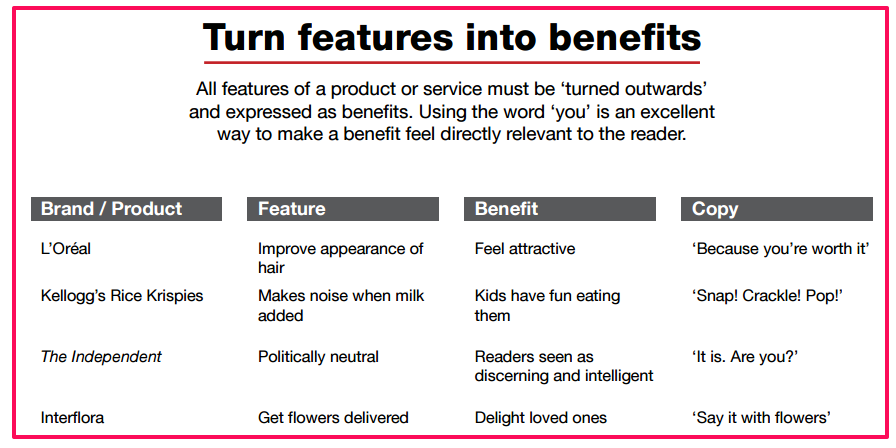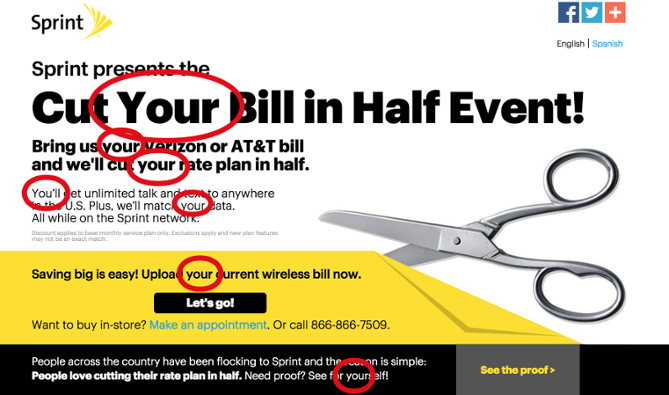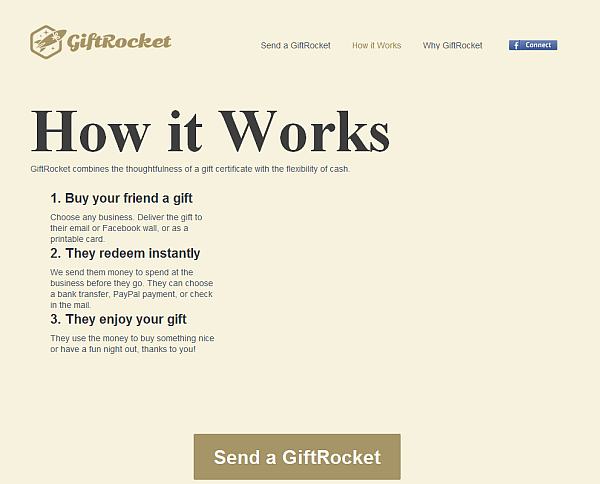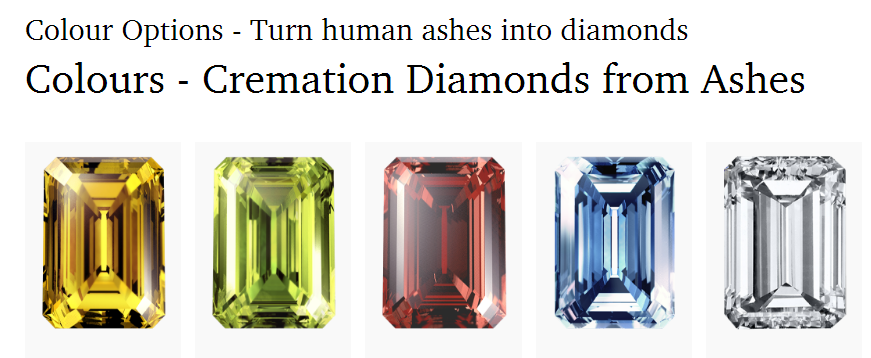Bad copy kills thousands of online businesses every year.
And you know the saddest part? Most of those business owners never find out the real reason behind their failure.
Copywriting is an underrated art because most people think it’s just about coming up with catchy slogans and witty punch lines.
But it’s much more than that.
Persuasive copy is about understanding the needs of your target audience and carefully crafting a message that triggers the right emotions and convinces them to take action
It directly impacts your conversion rates, marketing goals, and sales numbers.

So how do you create such messages?
One way is to hire a professional (and often expensive) copywriter.
But if you’re short on budget, or like doing this on your own, here are a few key points to keep in mind while creating your website content.
1. Forget the Features, Highlight the Core Benefit of Your Offer
Highlight the benefits of your product, not the features.
That’s marketing 101, I know.
But it still needs to be said because most businesses seem to love their products more than their customers.
They’re so obsessed with their own product that they can’t see if the customer even understands how the product features would solve his problem.
Don’t be one of them.
To create persuasive copy, the needs of the customer should always come first.
Here are a few examples of how professional copywriters turn features into benefits.
The core benefit of your product is the reason why people pay for it. Which is why it should always be highlighted first.
Instead of listing down technical features straightaway, translate them into benefits and help your target audience understand how your product features would solve their problem.
2. Convince Buyers With Positive and Conversational Copy
A poker-faced salesman vs. a young, smiling and charming professional – which one would you prefer dealing with?
The latter of course.
Positive and conversational copy is just like that smiling young man.
It’s easy to read, leaves a strong impression and gets the job done.
To be more specific, it speaks directly to the reader using words like “You”, “We”, “I”, “Your” etc., and words that represent energy and positive emotion, like “great”, “awesome”, “wonderful”, “perfect”, “sweet’ etc.
You get the point, right?
When a visitor comes to your website or sales page, he not only needs to be greeted with smiling copy, but also needs to be reassured that your product is indeed the solution he needs.
Which is why your message needs to be clear and free of unnecessary jargon.
3. Boost Conversions With Simple and Engaging Calls To Action
The ultimate objective of any marketing message is to drive a certain action from the prospect.
It’s the final push that your prospect needs to make the purchase or join your list or whatever action you want him to perform.
Despite its importance, though, call to action copy is often neglected, even by professional copywriters.
But I’ll make sure you don’t do that.
The best CTAs have a simple but assertive tone combined with action words.
For example, “Get on board” or “Join the tribe” are much better CTAs than a simple subscribe button
Using your product’s core benefit in CTA’s is also a great way to drive more action. The CTA copy on the homepage of Proven is a great example.
Research shows there are certain CTA words that are more likely to drive action from your website visitors when used in combination with the right marketing message (you can see the complete list here).
Remember, people hesitate in making online purchases for a number of different reasons. A strong and convincing CTA is needed to help them take that final leap of faith and complete the purchase.
4. Use Visual Content to Simplify Complex Topics
Words are powerful.
But they become an irresistible force when combined with the right visuals.
Like it or not, images, videos and graphic representation of your marketing message is becoming more important with every passing day.
Studies suggest that the human mind can understand images 60,000 times faster than words.
This becomes even more important when you’re marketing a technical or slightly more advanced product that needs to be explained in more detail to your audience.
For example, look at this page with simple text.
See how making it more visually appealing makes it easier to understand
This is precisely why infographics have become such a key part of most content marketing strategies. For example, see how this infographic about VPNs, a complex topic for an average internet user, makes it much easier to understand.
Thankfully creating such visuals and infographics does not always require hiring expensive graphic designers. You can find many great infographic creation tools for free on the web.
5. Create Long and In-Depth Content for Your High-Ticket Products
As a general rule, the more complex or expensive your product, the more content you need to create in order to explain its usefulness to your prospects.
Ramit Sethi, a leading marketer, has even used sales 40,000 word sales pages to sell his premium high ticket products.
Longer content also tends to dominate Google’s top search results as apparent from this study by SerpIQ
However, longer content does not mean adding words just for the sake it.
Longer web pages, and even blog posts, are only effective when they’re properly planned and distributed into easily understandable segments and content chunks.
For example, LONITÉ, a Swiss company that turns human cremation ashes into diamonds, uses an in-depth and long-form sales page. Since creating diamonds from human ashes is a very specialized industry not many people understand, the company needed to share as much detail about their processes and practices to win the confidence of their prospects.
But to make it easier to understand, the long page is divided into several segments, with different background colors, and chapters along with a table of contents at the start
Doing so makes the content more digestible for the reader and keeps him engaged till the very end of the page.
Wrapping Up
Effective and persuasive copy is all about aligning your marketing message with the needs of your ideal customer. Modern-day internet users are bombarded with hundreds of thousands of marketing messages every day. The only way to stand out from the crowd and get noticed is by sewing together compelling words that engage your prospects and convince them to take action.






